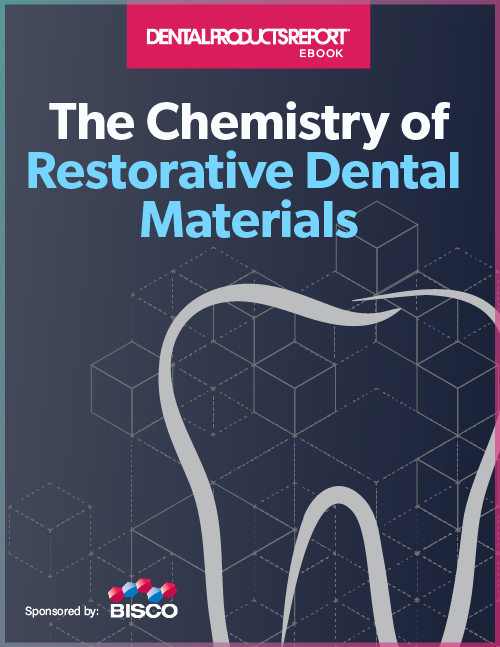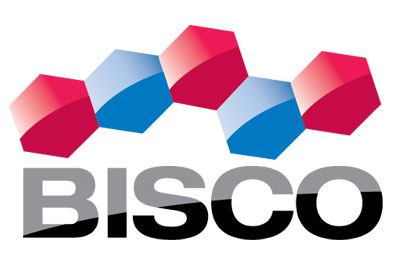The Chemistry of Restorative Dental Materials
Sponsored Content: Every day in the dental practice, clinicians use a range of materials for restorative procedures. Composites, resin cements, adhesives, and etchants—each clinician has their favorites based on attributes such as handling, esthetics, cost, or ease of use. But while the go-to product might check off a few boxes, the real measure of success lies much deeper. It’s found in the chemical makeup of the material and its compatibility with other materials.

You feel good about restorations. Patients love the results. But we all know staying competitive means continual improvements.
How do you take that next step? Materials chemistry. It may seem like minutiae, but understanding the building blocks helps you make smarter choices that lead to even more successful results and happier patients!
Get deeper knowledge of the science of your work, from the polymerization process, compatibility between adhesives, cements, core build-up materials, interaction between products, and more.
Complete the form below to download the eBook.
